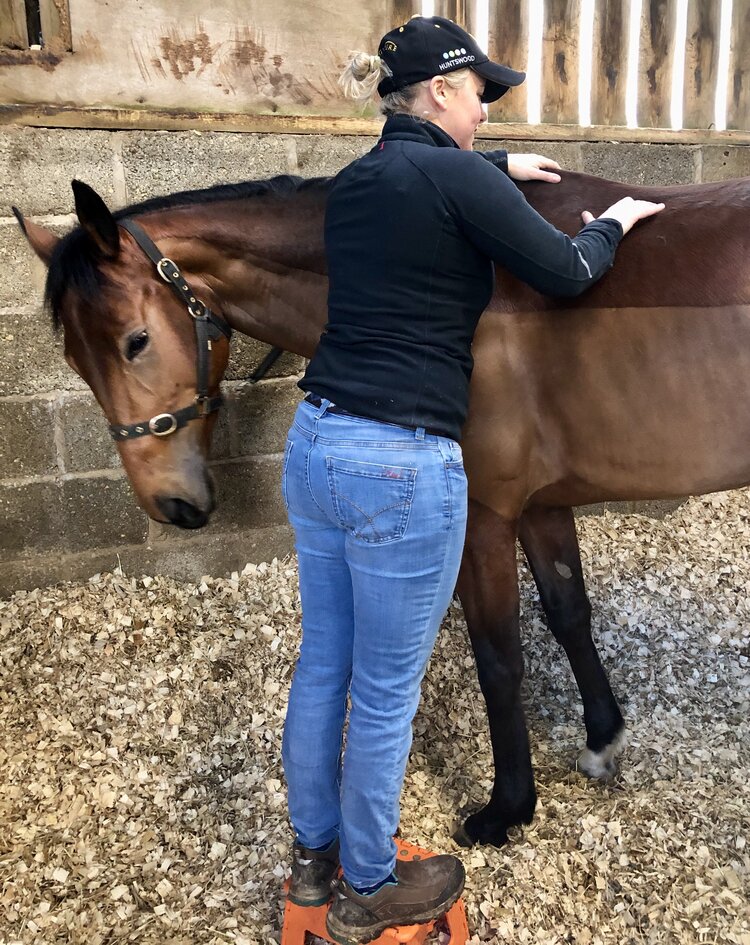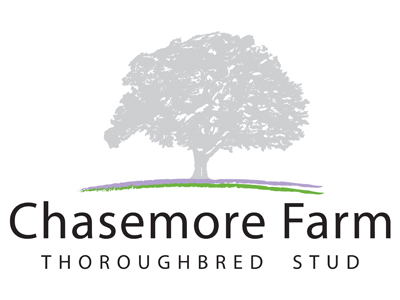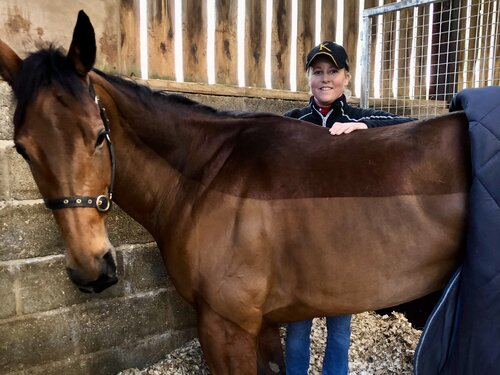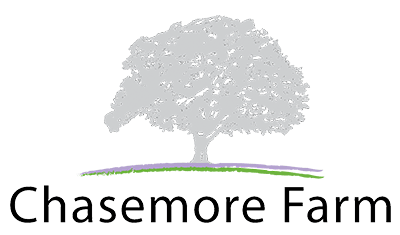Physiotherapy plays an important role in the prevention and treatment of injuries in the realm of human sports, and it’s just the same for equine athletes.
Chasemore Farm employs the services of equine physiotherapist Philippa James to ensure its young stock and horses out of training receive the optimum care.
Philippa’s services are in huge demand but she spared us some time to tell us all about her work and how it benefits horses.
How did you get into equine physiotherapy?
On completion of a veterinary nursing degree at Bristol University I went to work at Kingwood Stud in Lambourn. I’ve always had a massive passion for horse racing and I loved prepping the yearlings for the sales, but my favourite thing was the rehab work with the National Hunt racehorses who would come in for a holiday or for post-injury recovery.
I really enjoyed being a big part of getting them ready to return to training. We’d have some in with pelvic fractures, for example, and it was just very rewarding to get them strengthened up and back to fitness.
How often do you get to Chasemore Farm, and which horses do you treat there?
My main visits are during the summer months when the yearlings are in for their sales prep. I come to the farm every few weeks and see the yearlings walk and then they each receive a massage.
I will have assessed from their walks how they are moving and carrying themselves. Unless there is something specific or they are recovering from an injury I basically work through the neck, chest, shoulders, back, gluteals and hamstrings, loosening up any areas of tension and/or soreness the horse may have.
I have an ultrasound, laser and muscle stimulation machines to aid the recovery of specific injuries following guidance from the individual vets concerned.
What are the key benefits of physiotherapy?
It aids circulation and relaxation in the animals. With a hands-on technique you can locate problem areas that might not necessarily show up on a general first examination of a horse that perhaps isn’t moving well.
It also speeds up the recovery process post-injury. More specifically, for the yearlings I think it’s great for them as they find it relaxing and it just hopefully aids any aches and niggles they might have.
It’s great for their handling as well, although it has to be said that Chasemore yearlings are probably some of the most well-mannered and generally happy horses I treat!
Do horses generally enjoy being massaged and stretched, and do they behave during treatment?
The majority absolutely love it and even with the nervous ones, once they understand what’s happening they really take to it.
I find that those that are very sore are obviously the most wary of being handled until they realise it will help.
Most yearlings tend to have an attention span of about 20 minutes before they seem to think “right that was great, but it’s time for something else now!”
Do you think physiotherapy can have mental as well as physical advantages for the horse?
Yes, I think after they’ve been treated once, and have hopefully realised they felt much better following it, they generally look forward to it and are more relaxed the second time. Hopefully they see it as a bit of a treat!
Can you give us any specific examples of how physiotherapy on a Chasemore Farm horse out of training has helped diagnose an underlying problem?
I mainly see the yearlings at Chasemore and treat a few Chasemore-owned horses in training at Ed Walker’s. So far it has mainly been routine things and no great issues.
For example, a few of the yearlings might have only wanted to lunge one way, while one or two have had some soft-tissue niggles that I’ve been able to make more comfortable and that has been all they needed in a few cases.
How has your work been affected by Covid-19 during 2020?
The initial lockdown came right in the middle of the National Hunt season, when I’m always incredibly busy at some of the yards in Lambourn but mainly Nicky Henderson’s. When it was announced that jump racing would not recommence until the beginning of July most horses went on their holidays much earlier so I was quiet for a few weeks.
I treat quite a few eventers and it was the same for that discipline. I work at a couple of Flat racing yards in Lambourn so I was incredibly lucky to tick along at those.
Although I mainly work alone I was mindful of what times were best to call into the yards so tried to make sure I went in when the lads were on their break between morning and evening stables just to minimise any risk. I am very pleased to say I’m now busier than ever and loving every minute!



